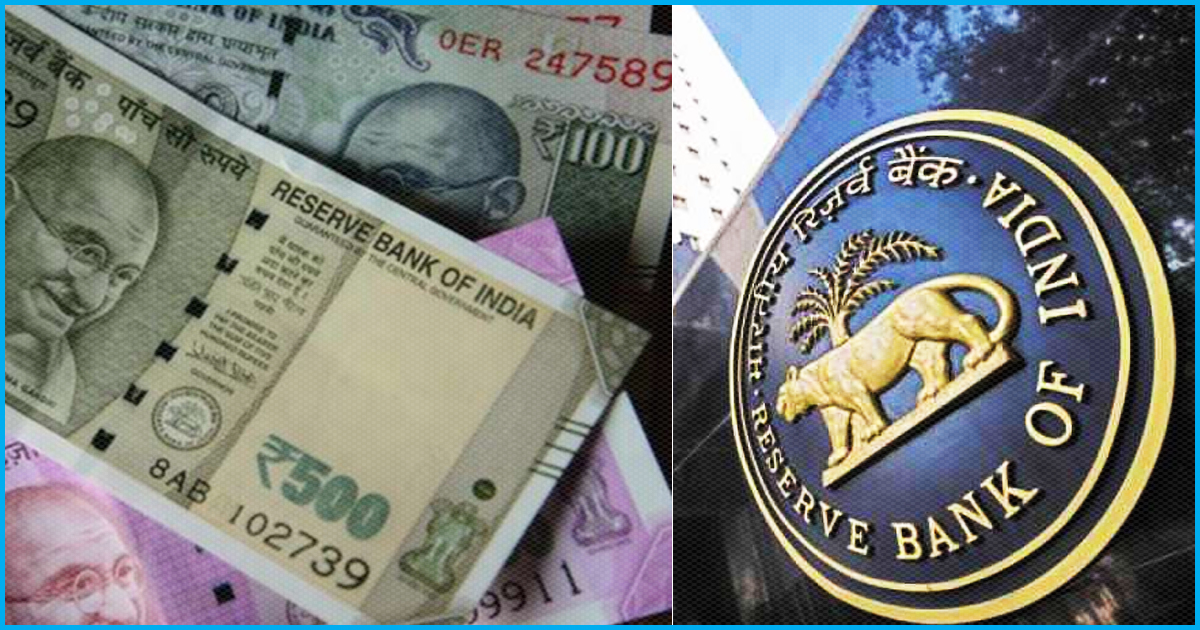The Reserve Bank Of India (RBI) on Tuesday, October 9 announced that it is going to pump Rs 12,000 crore liquidity into the system through the purchase of government bonds on October 11. At the beginning of the month, the central bank had announced that it would inject a total of Rs 36,000 crore liquidity into the system to meet the festival season demands for funds.
RBI injects Rs 12,000 Crore liquidity into the market
RBI had then announced that the auctions to purchase government bonds as a part of their Open Market Operations (OMO) will be conducted in the second, third and fourth weeks of this month. As a part of the first auction, RBI is set to buy bonds with maturity ranging between 2020 and 2030, reported Economic Times.
It said in a statement, “Based on an assessment of prevailing liquidity conditions and also of the durable liquidity needs going forward, the Reserve Bank has decided to conduct purchase of the following government securities under Open Market Operations for an aggregate amount of Rs 120 billion on October 11, 2018, through multi-security auction using the multiple price method.” The results of the auction will be announced on the same day and payment to participants will be done during banking hours the following day.
It has also said that RBI has the right to determine the amount of purchase of individual securities and can also accept offers for less than Rs 1200 crores. Moreover, it can also accept or reject any or all the offers either wholly or partially without citing a reason.
What are Open Market Operations (OMOs)?
The RBI conducts OMOs by making sales or purchases of government securities (G-secs) such as government bonds in order to adjust the money supply conditions in the market. RBI sells such G-secs to take out liquidity from the market or purchases to infuse the same. These operations are conducted in a manner so that while inflation is balanced out, banks continue to lend as well.
RBI uses OMO along other monetary policy tools like that of repo rate, cash reserve ratio and statutory liquidity ratio to adjust the price and quantum of money circulating in the system.
According to The Hindu Business Line in India, liquidity conditions tighten during the second half of the year as the pace of government expenditure slows down as well as tax outflows. The RBI fixes this by purchasing G-secs to make sure that liquidity conditions do not hamper the level of interest rate and the rate of inflation that it would like to maintain in the country.
How is it important?
OMO is important because it affects both interest rates and inflation rates. RBI’s announcement to infuse Rs 12000 crore liquidity is an indicator of the fact that it is keen to ensure that banks provide a lower rate of lending to the borrowers.
A shortage of funds, in turn, leads to a hike in short-time borrowing rates, which keeps banks from lowering their interest rates. Reportedly, the RBI stepped up liquidity injections in September as signs of strains emerged in the money market.
Also Read: Since 2014, Loans Over Rs 3 Lakh Cr Written Off, Seven Times More Than The Recovery In Public Sector Banks: RBI Data










